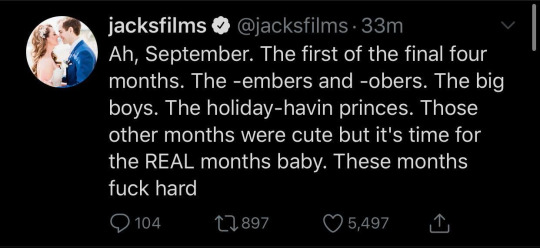2?/M/American. Interests all over the place, from videos to music to tarot to swords. Check the menu for more details.
Last active 60 minutes ago
Don't wanna be here? Send us removal request.
Note
the West Coast of the United States radiates off your posts
I think living in Los Angeles California is partially at fault for my interest in the occult. This whole city is steeped in Woo.
326 notes
·
View notes
Text
What do you MEAN Godzilla has a second brain in his butt
25 notes
·
View notes
Text

this is my favourite image that’s ever existed
3K notes
·
View notes
Video
Dimple & Ritsu mess up and try to recover, taken from the second Mob Psycho 100 stage play (context)
Full play now available!
44K notes
·
View notes
Text






A comic I did for a roadrunner-themed anthology collected by my local indie comics group, 7000BC.
21K notes
·
View notes
Text
all time tumblr moment for me was when Overwatch was relevant and i made a post like “idc about team balance i opened the Junkrat game to play Junkrat” and someone was very seriously like “it’s people like you who got Trump elected”.
8K notes
·
View notes
Text
Lucy from Peanuts vs Goku. On one hand, Goku could obliterate any child. On the other, he would absolutely fall for the football thing
72K notes
·
View notes
Text
sasuke: what genjutsu is this??????
king rock lee putting them 100% organic free range grass fed Hands on him:

56K notes
·
View notes
Text
ulysses: the bear and the bull... two houses, each alike in diginity... that's a story from the old world. no use to us anymore. ground into dust that blows through the divide just like all the other old world ghosts... [kills thousands of innocent people for no reason]
joshua graham: "“Everything’s got a price.” – John Wick ". now go find my car keys
745 notes
·
View notes







